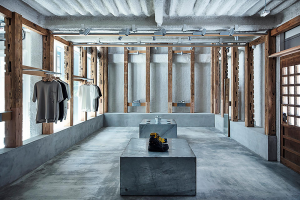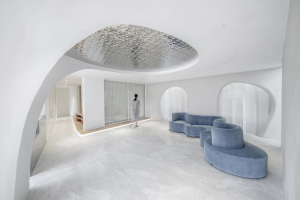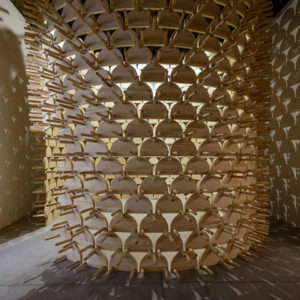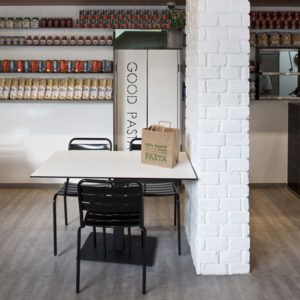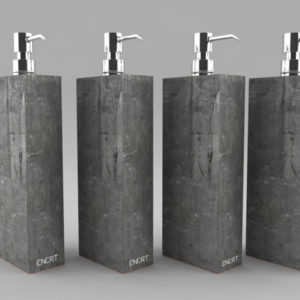
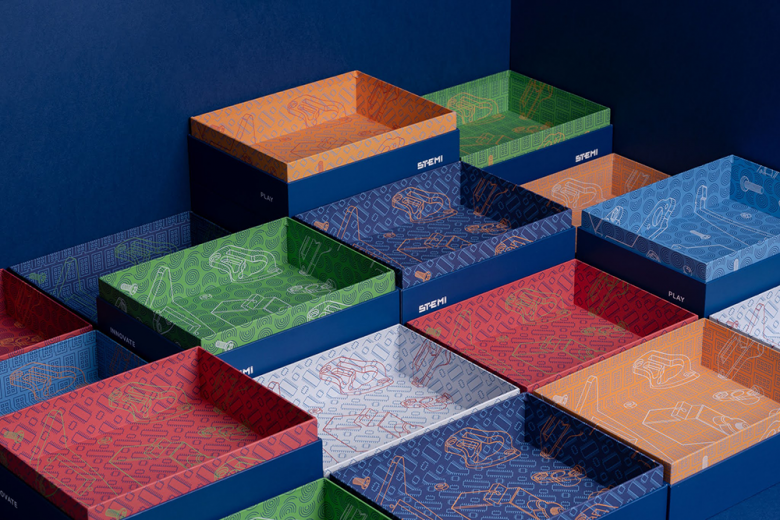
STEMI (stemi.education) is an educational-technology company developing STEAM projects and implementing high-tech in educational processes. STEMI Hexapod Robot is an educational product that helps children and young people in 3D modeling, developing mobile apps and programming.
The classroom kit design is intended to meet the protective function and operational requirements of transport and the requirements of organizational functionality and storage of components during classes in various shifts as well as to enable the kit’s extended use in the classroom environment. This packaging was designed for 11 robot kits (10 student kits and one teachers’ kit) and intended for elementary and high schools all across the US. Another feature required was to facilitate setting apart the teachers’ kit in order to be used for the teachers’ training taking place before the beginning of the school year.
The current shortcomings specified by the client include potential different demands in other markets (6- or 8-piece kits per classroom) and the already existing unit product the packaging of which is not suitable for storing the robot after it has been assembled.
Our solution uses a modular system that enables forming kits of various sizes (6, 8, 11…) out of the single basic product (unit kit), depending on classroom specifics. The fact that a kit is formed out of the same base and the same system components enables the client’s flexibility and modular approach in planning, selling and manufacturing of the product. This approach reduces manufacturing costs in the long run. As for the new unit packaging, it can accommodate an assembled robot (as an additional logical secondary function), while remaining in the same transport class as the existing smaller box.
Our solution facilitates setting apart the teachers’ kit (the top kit, with a lid) and the use of other kits in the various work phases in the classroom (during classes, when storing the components, when storing the complete kit at the end of class, etc.).
As students use the kits individually or in a group in various shifts, we had to come up with a particular marking for each kit. Keeping in mind the manufacturer’s identity and the appertaining palette of colors, we designed 11 different patterns of the box interior in order to make a sharp distinction between them. Each pattern consists of a spatial line drawing of the Hexapod Robot and detailed drawings of the electronic components of the robot’s “smart” part.
As the students will put the robot’s components and its remaining parts in the box at the end of every class (even the entire assembled robot in some work phases), the box size had to be optimized for every use mentioned above, thus enabling organized and orderly work of teachers and students.
At the end of the curriculum, the students will disassemble the robot and put all of its parts back into the packaging for the students of the next generation. For this reason, the outer face of the box should be hard and durable and its inner part should contain a simple and logically organized insert with compartments.
What’s Unique?
This approach reduces manufacturing costs in the long run. As for the new unit packaging, it can accommodate an assembled robot (as an additional logical secondary function), while remaining in the same transport class as the existing smaller box.
Designed by Design Bureau Izvorka Juric
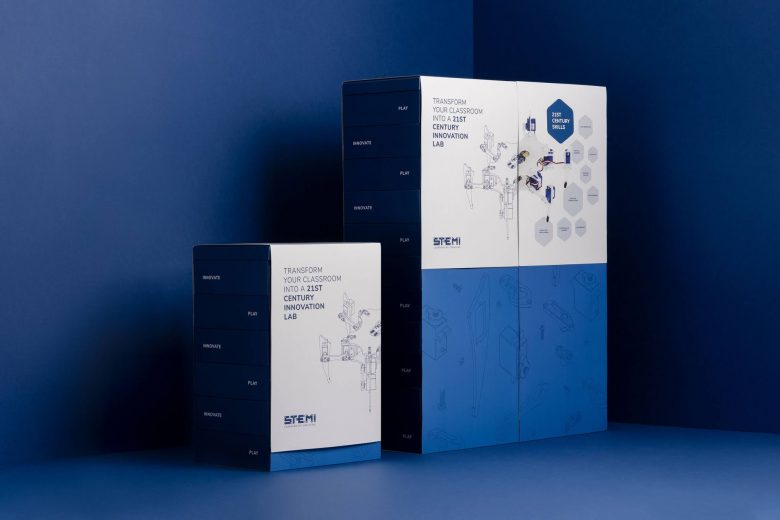
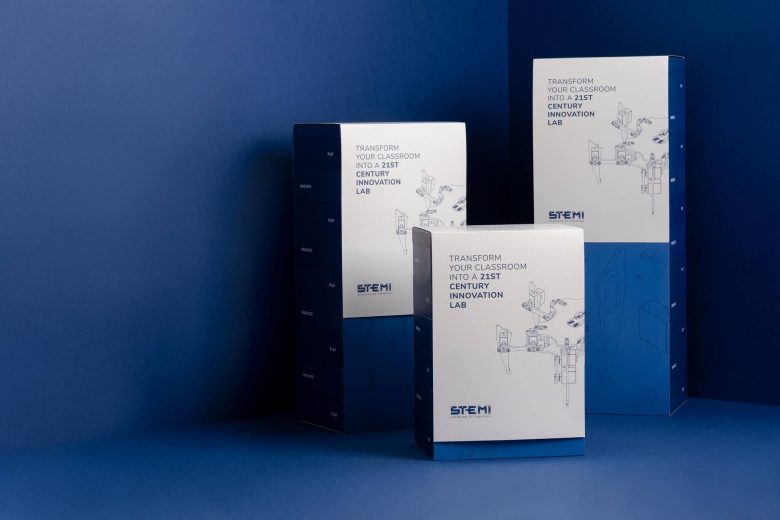
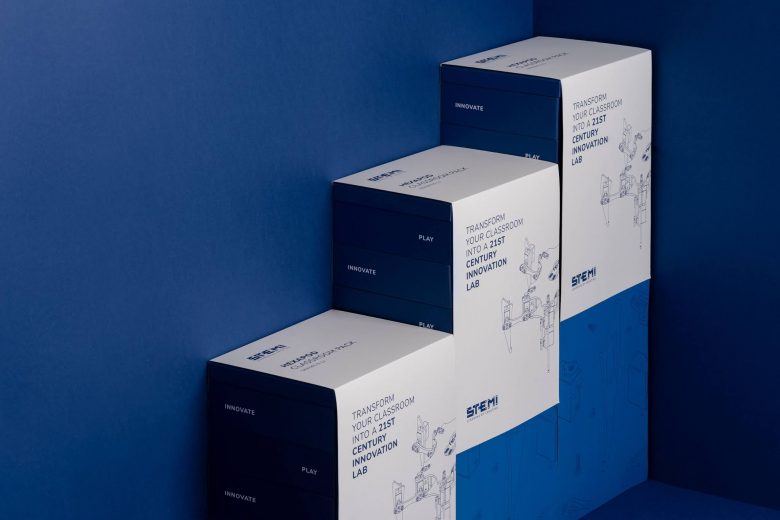
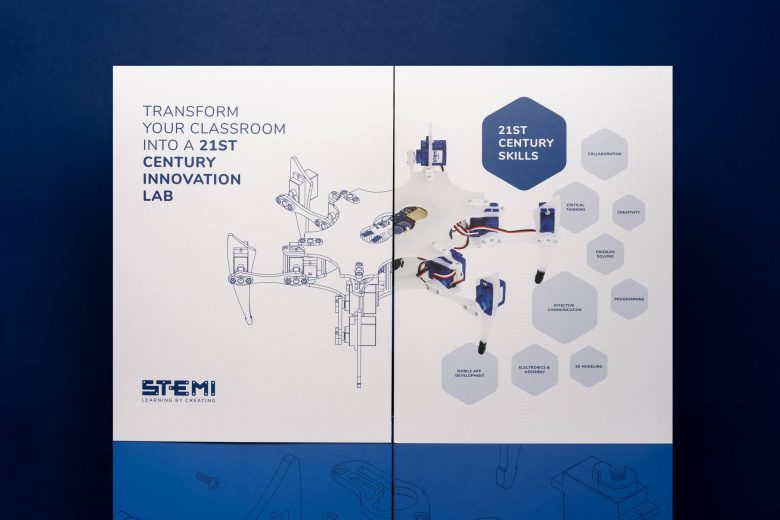
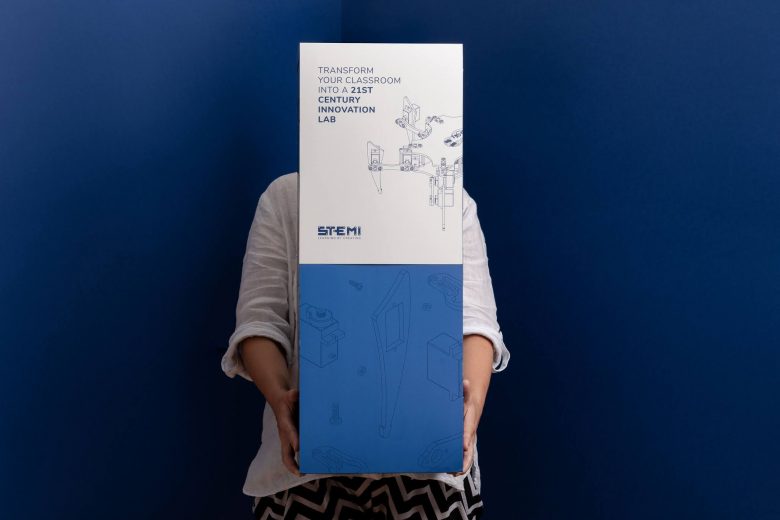
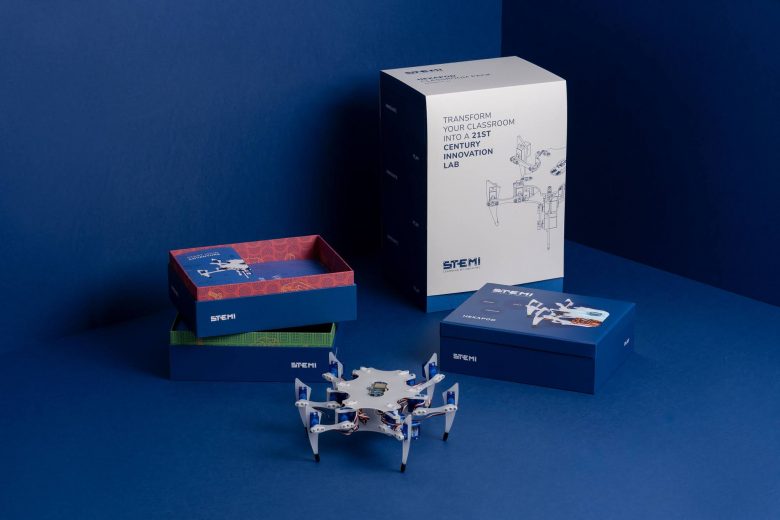
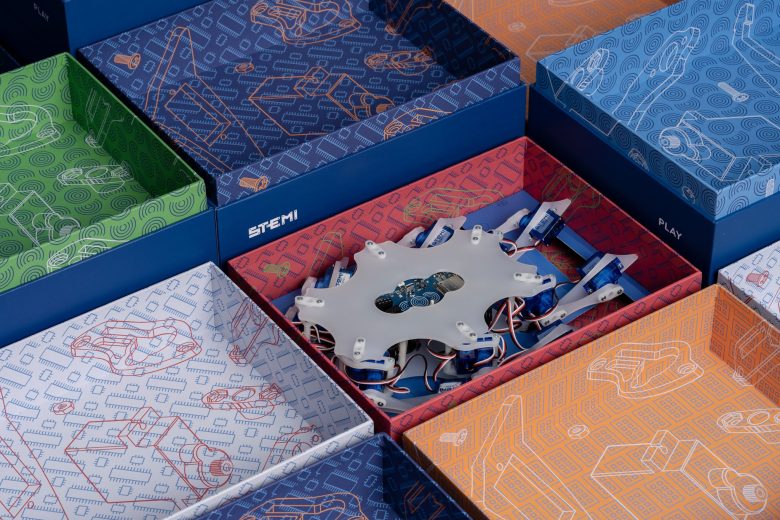
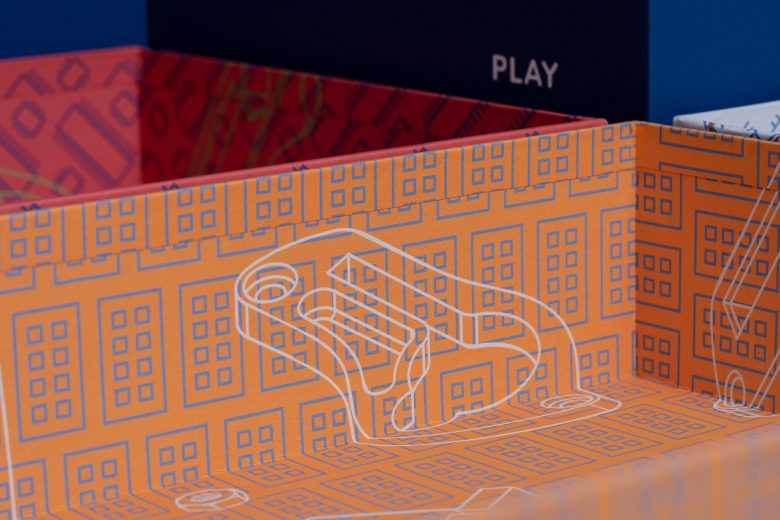
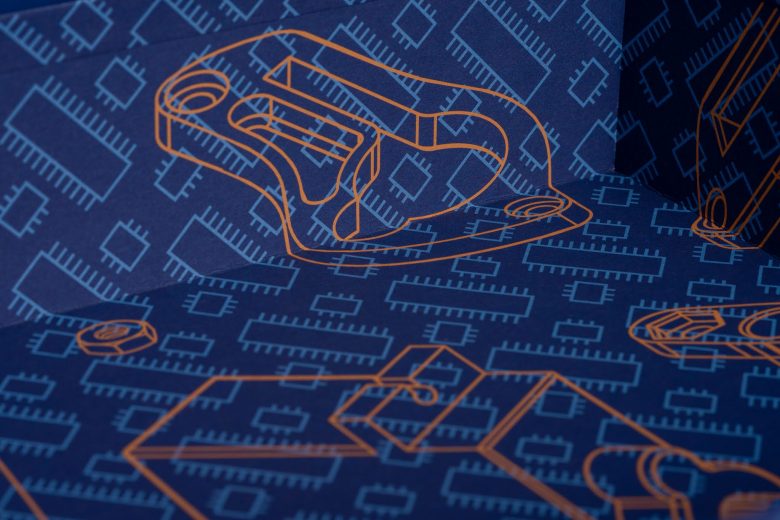
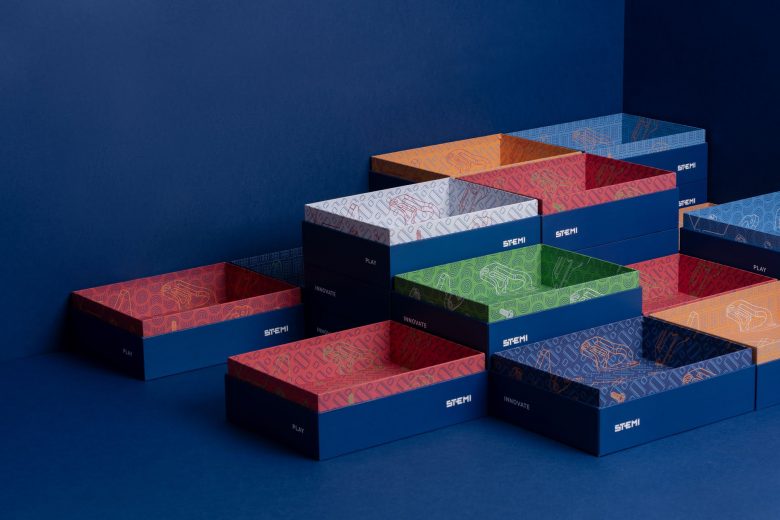
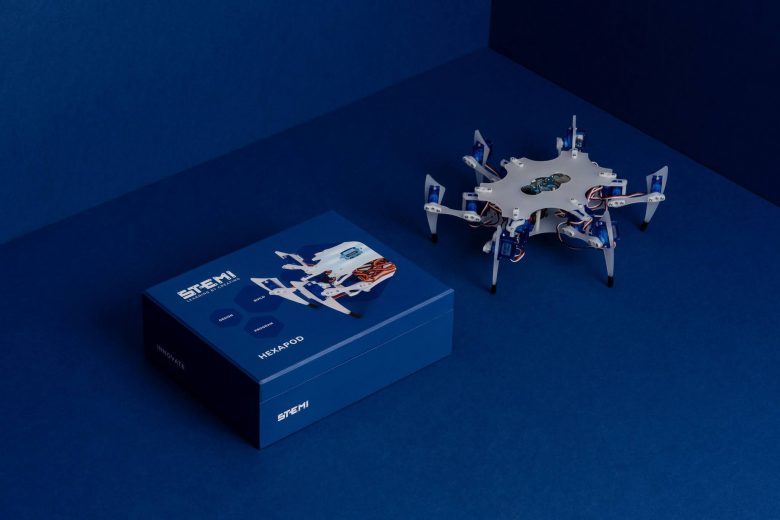
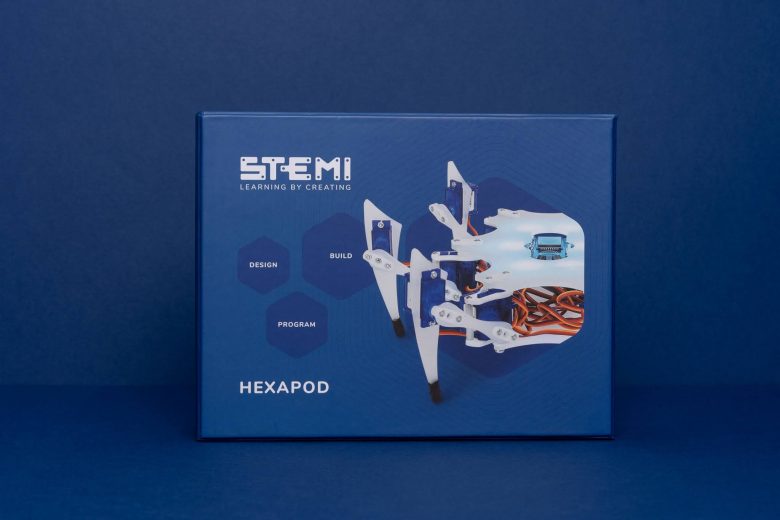
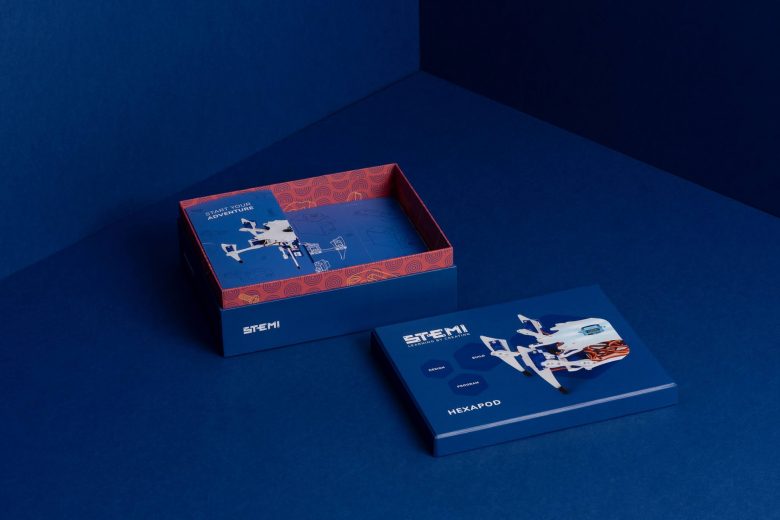
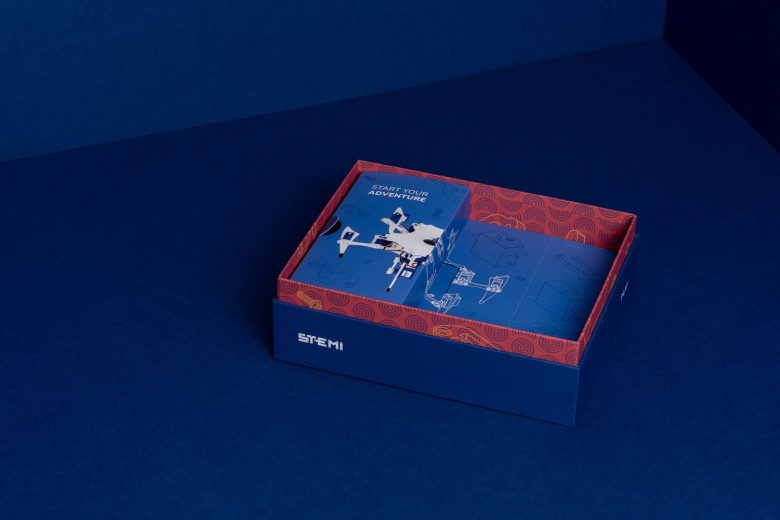
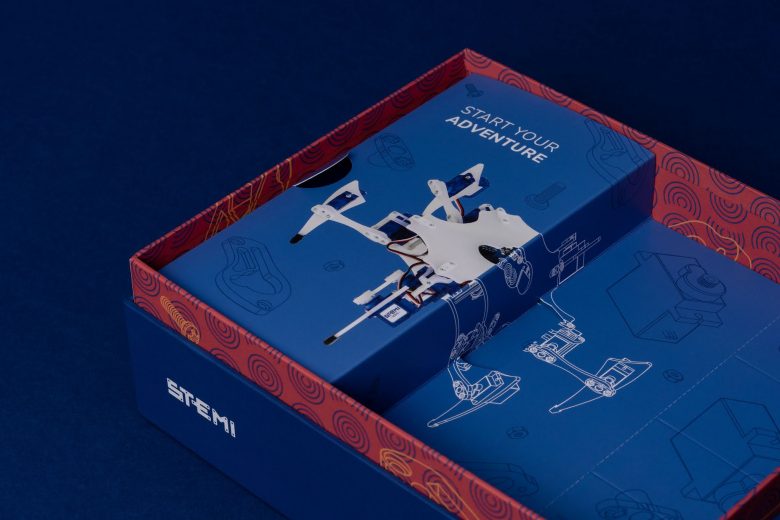
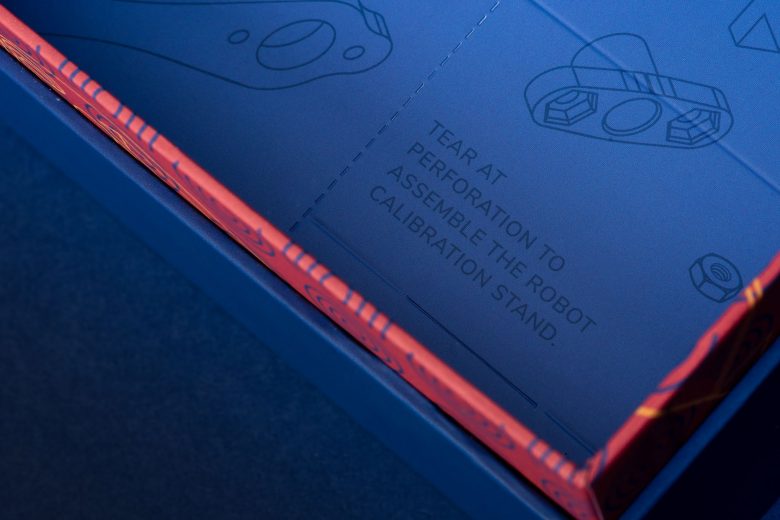

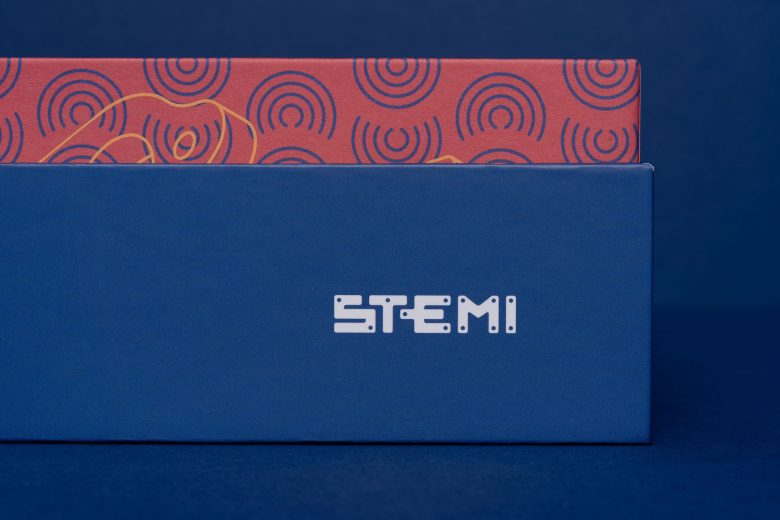
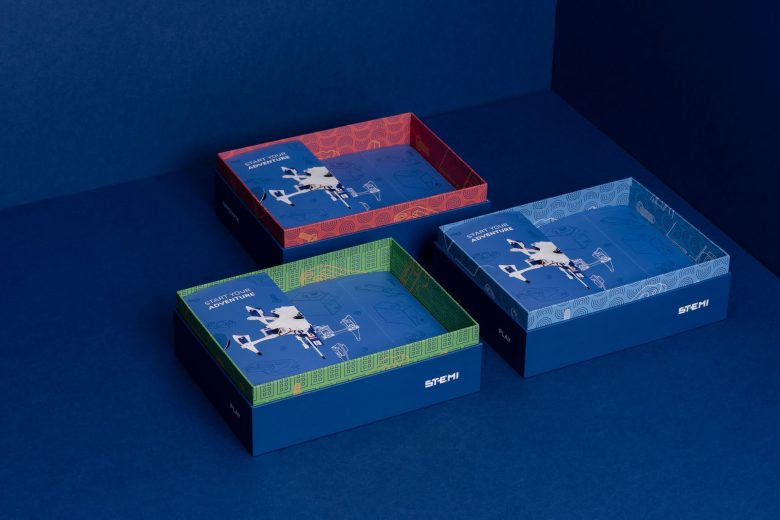
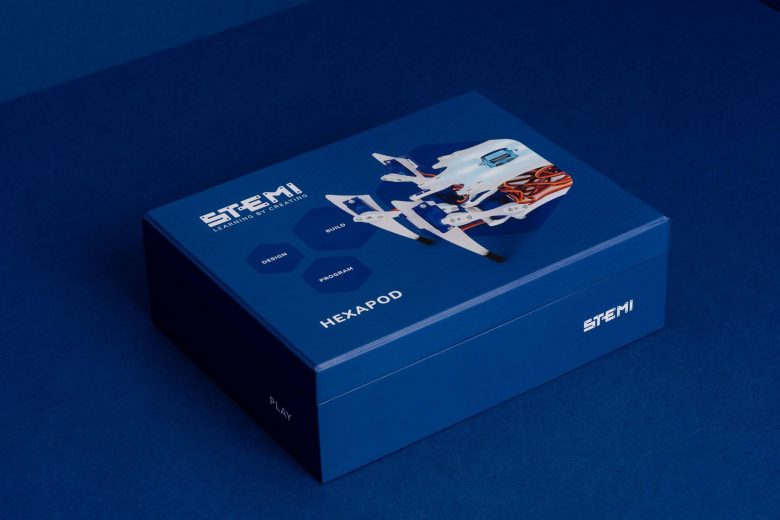
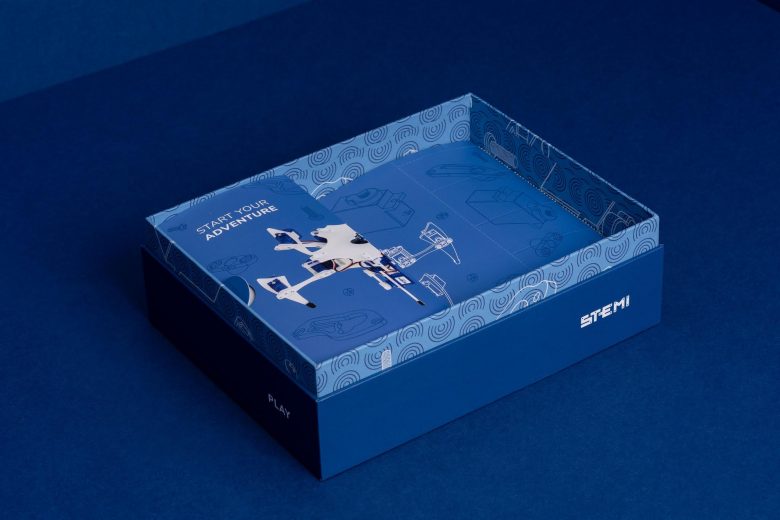
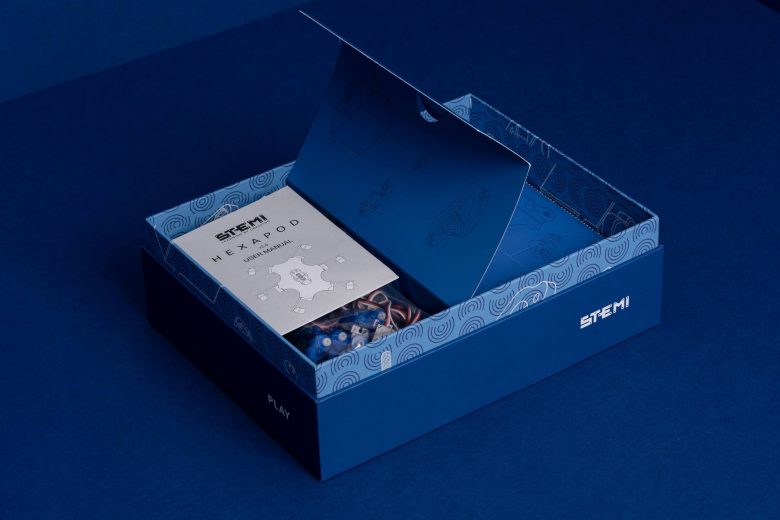
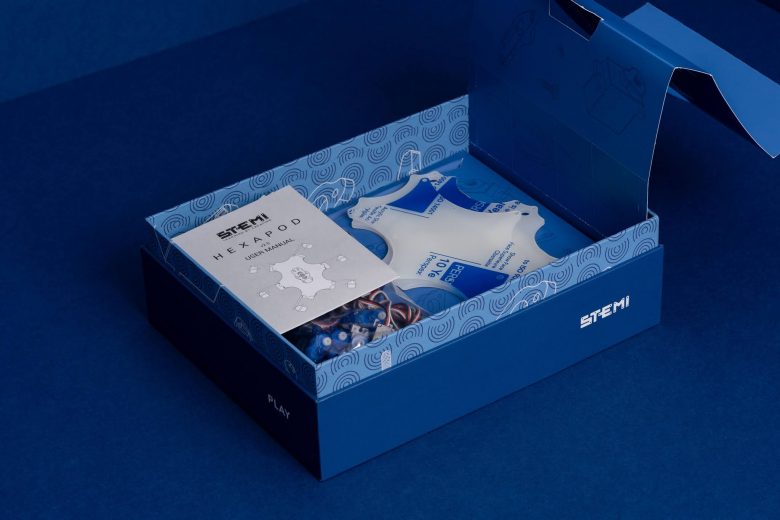
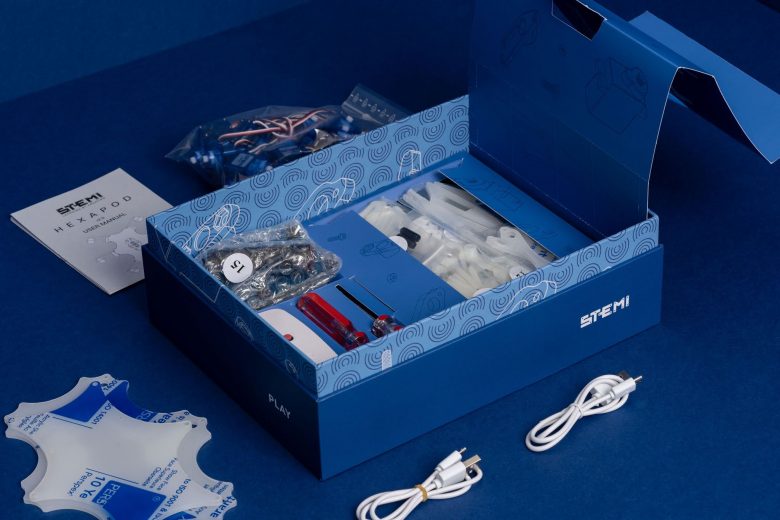
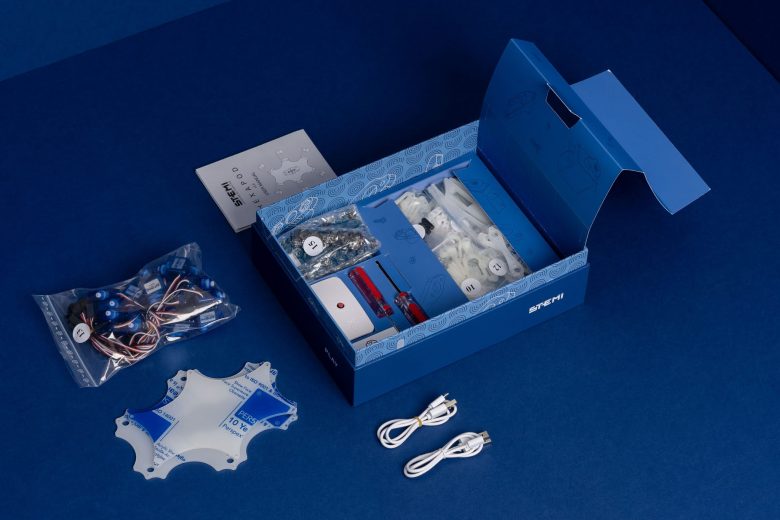
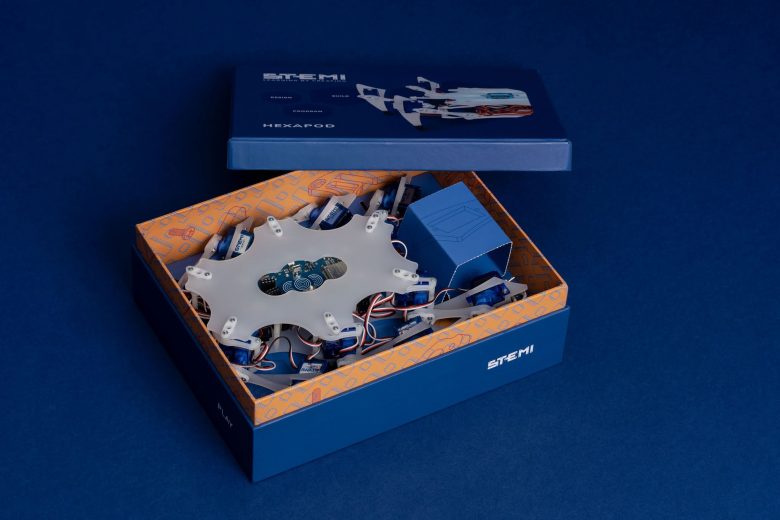
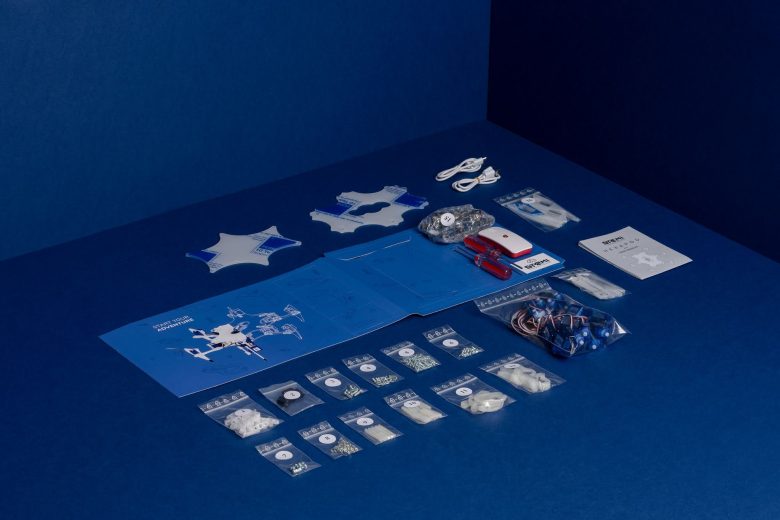
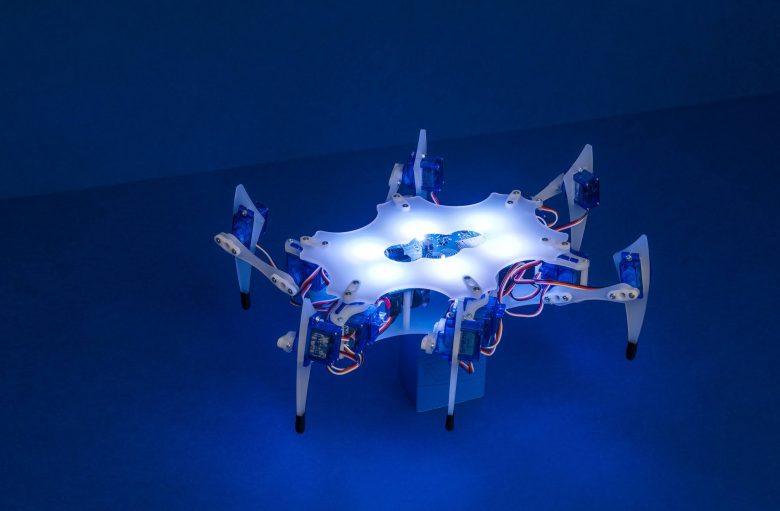
Add to collection
